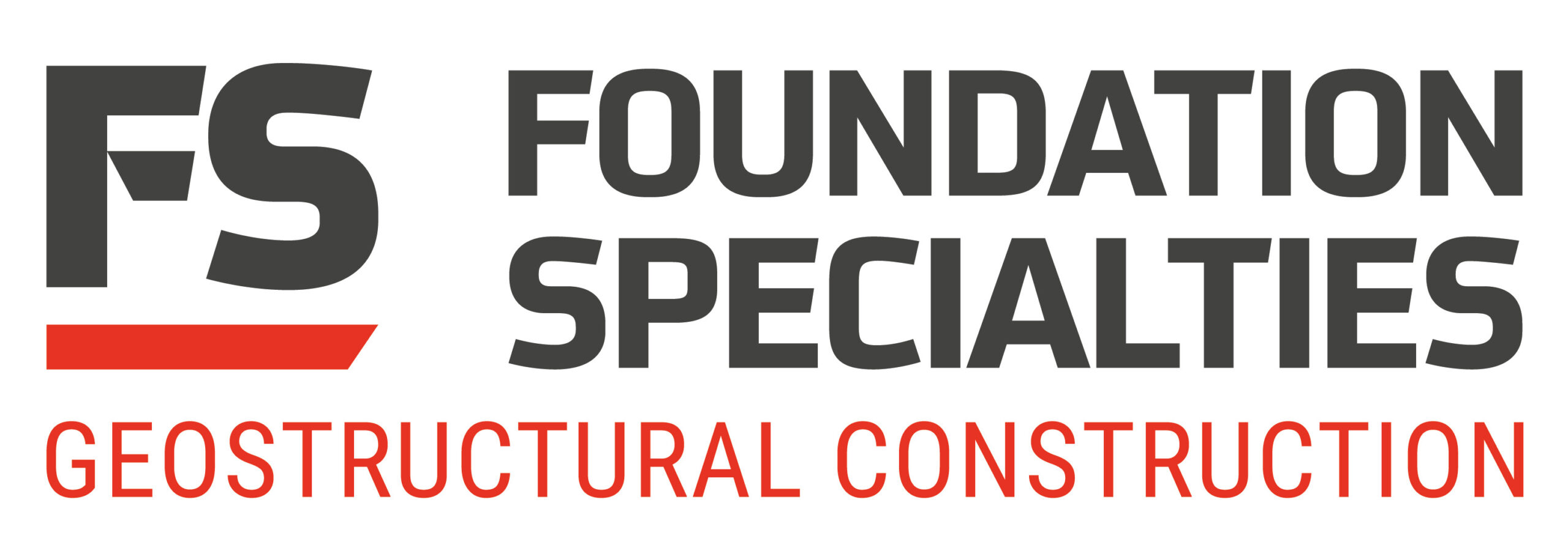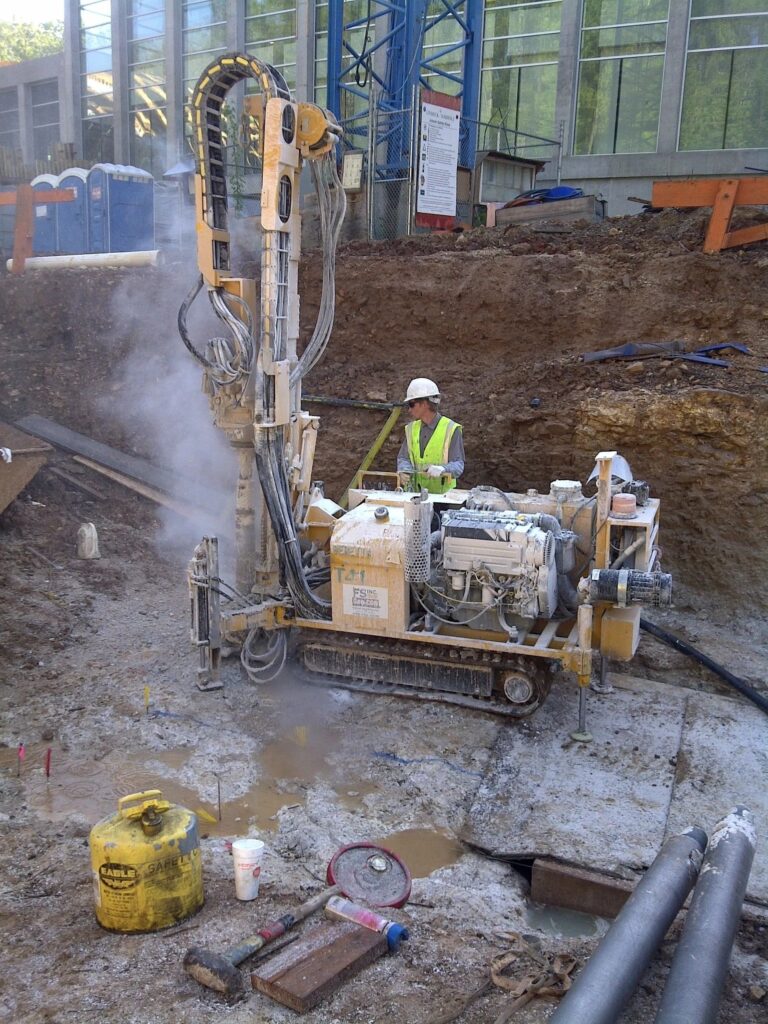Improving Grounds to create stable foundations
It’s common in discussions about foundations across our industry amongst clients and engineers to view ground improvement techniques as a deep foundation. It’s important to accentuate and understand that ground improvement techniques are not a deep foundation element and thus need to be viewed differently.
Improving the Soil
Ground Improvement is a mechanical technique that improves the soil in order to create a stable foundation for a structure. The goals of these techniques are to improve the bearing capacity, control settlements, mitigate liquefaction, and/or increase global stability. By improving the soil properties in many cases allows the structural engineer to utilize a more cost-effective shallow foundation (spread footings and strip/continuous footing) instead costlier deep foundations utilizing pile caps and grade beams.
Ground improvement technique is primarily dictated by the needs of the structure and conditions of the soil and different techniques may be able to be used for the same outcome. Some of the common techniques that may be applied to improve the ground are:
- Aggregate Stone Columns (also known as: Aggregate Stone Piers, Rammed Aggregate Piers, RAP, Vibratory Stone Columns, Aggregate Pier and Geopier)
- Rigid Inclusions or Controlled Modulus Columns (CMC)
- Low Mobility Grout (LMG) or Permeation Grouting
- Wick Drains
- Soil Mixing
- Vibro Compaction
- Dynamic Compaction
- Preloading
The first technique listed, Aggregate Stone Columns, is the leading technique that is applied today because it can be used on a variety of soils and improves the soil bearing capacity, controls settlement, and provides global stability. This technique is also very cost-effective and schedule enhancing.
The second technique listed, Rigid Inclusions, is the next most popular technique and is often confused with deep foundations, but is clearly a ground improvement solution. Rigid Inclusions are applied in applications where poor soil is deep, structural loads are heavier and the settlement requirements are tight. The key aspect of this technique is the design of the load transfer platform (LTP) over the rigid inclusions.
The other listed techniques are not as common and are implemented in very soil-specific applications, though equally effective in improving soil properties.
When should Ground Improvement be considered for a structure?
- The geotechnical report indicates low bearing pressure soils – Improve bearing capacity to reduce the size of spread footings
- The geotechnical report recommends deep foundations to handle larger structural loads and to control settlement, though the soil may be improved to accommodate needs.
- The geotechnical report shows a high-water table at a building site
- The geotechnical report is recommending over-excavation and compaction of 4 feet or more for footings
- The geotechnical report shows undocumented fill soils 4 feet or deeper
- The building site has no room to layback soil to install footings 5 feet or deeper
Whatever ground improvement technique is selected, all Ground Improvement techniques are “Design-Build” by the subcontractor providing the service. A performance specification is given by the structural engineer (i.e. 5000 PSF bearing capacity with 1.0” Total Settlement and 0.5” differential settlement for foundation elements). When the mechanical technique is completed by the subcontractor, the area of improvement is ready for shallow foundations and/or slabs to be constructed.
Contact Us & Learn More
If your organization would like to learn more about Ground Improvement and the different techniques, reach out and we’ll schedule a technical briefing. We now offer technical training via lunch & learns, morning briefs and seminars in the afternoon. If we can help educate and train your engineers and project designers, we may give them insights into our “world” and have them view engineering via a different lens. This may help support the project and ensure that it is well-designed and the scope remains clear and concise.
Our briefings are approximately 45-60 minutes in length (depending on the number of questions) and can be held:
- Morning (“Breakfast Briefings”)
- Lunch (“Lunch-n-Learn”)
- Late afternoon (“Tech Talks”).



